Human-centered design the importance of ergonomics and semantics
Have you experienced discomfort or uncertainty while using a product, possibly stemming from inadequate ergonomics and semantics in its design? Ergonomics explores how individuals engage with products, while semantics delves into the meaning and interpretations of design elements. A successful industrial product design takes both factors into account to produce a user-friendly and efficient product. In this blog, we’ll delve into human-centered design, emphasizing the significance of product semantics and ergonomics. Discover how ManGo ensures that your product not only boasts an appealing appearance but also offers comfort in its usage.
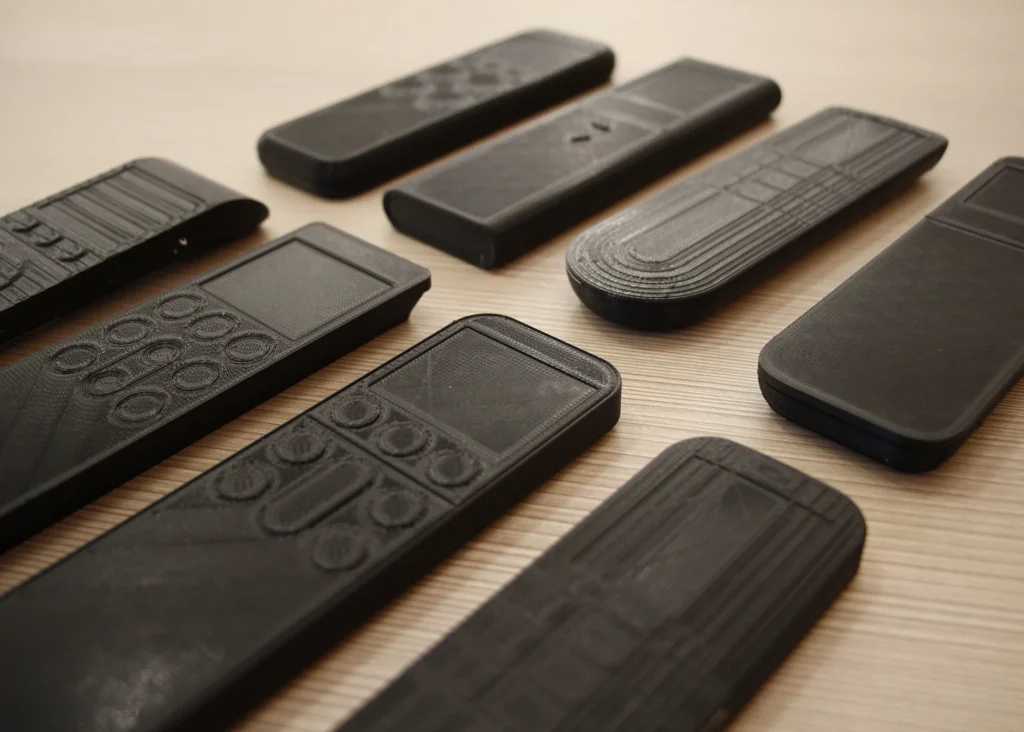
Ergonomics product design
Good ergonomics is of great importance for your product to become a success. Product ergonomics ensure that the physical capabilities are fitting to the limitations of people who use them. In our design process, ManGo works according human-centered design principles and creates products that are comfortable and easy to use. For example, an office chair should be adjustable in height, have adequate lumbar support and appropriate armrests to minimize the chances of developing back problems. In the case of a desk chair, poor ergonomics can lead to serious health problems, which translates to lost work time and medical expenses.
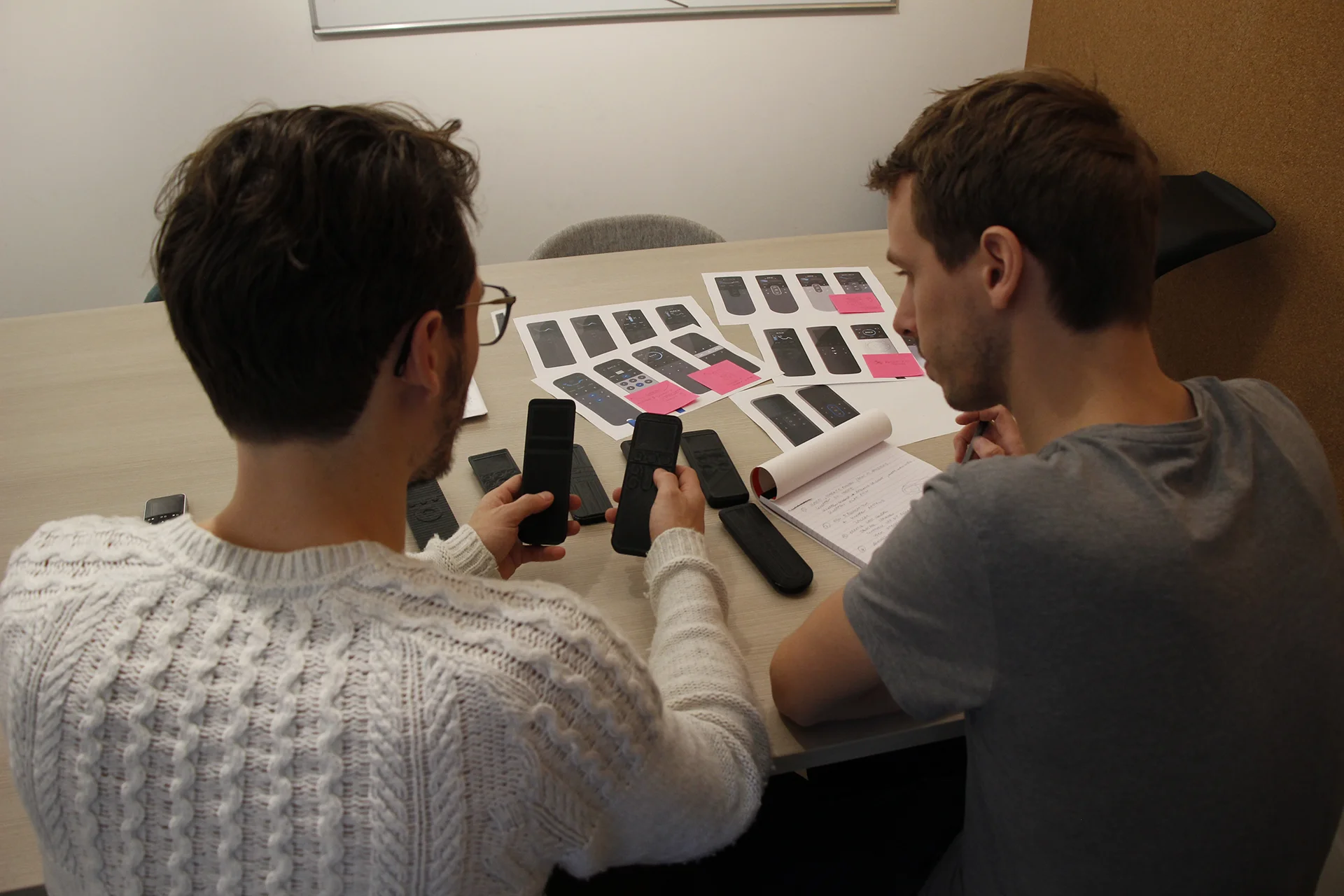
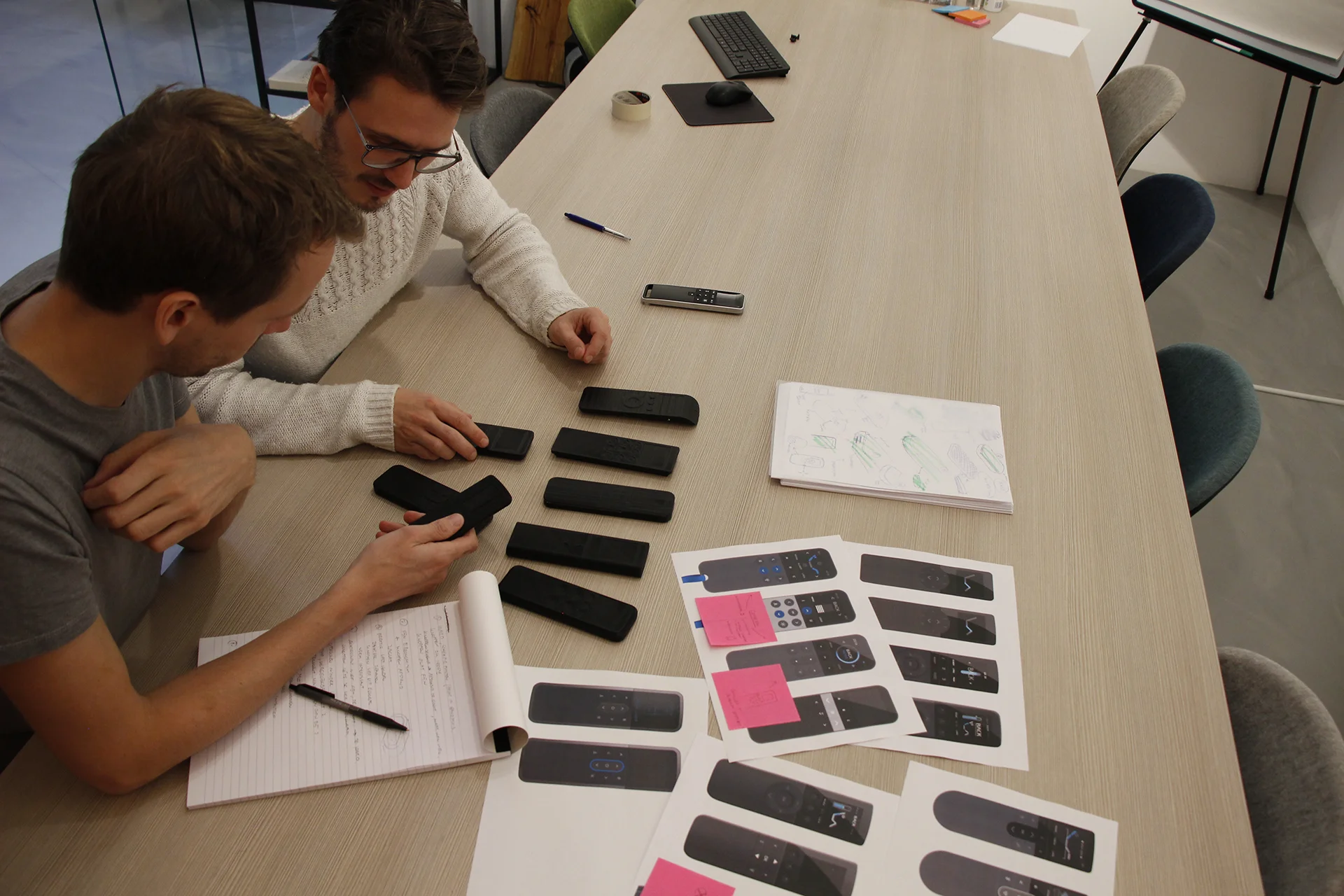
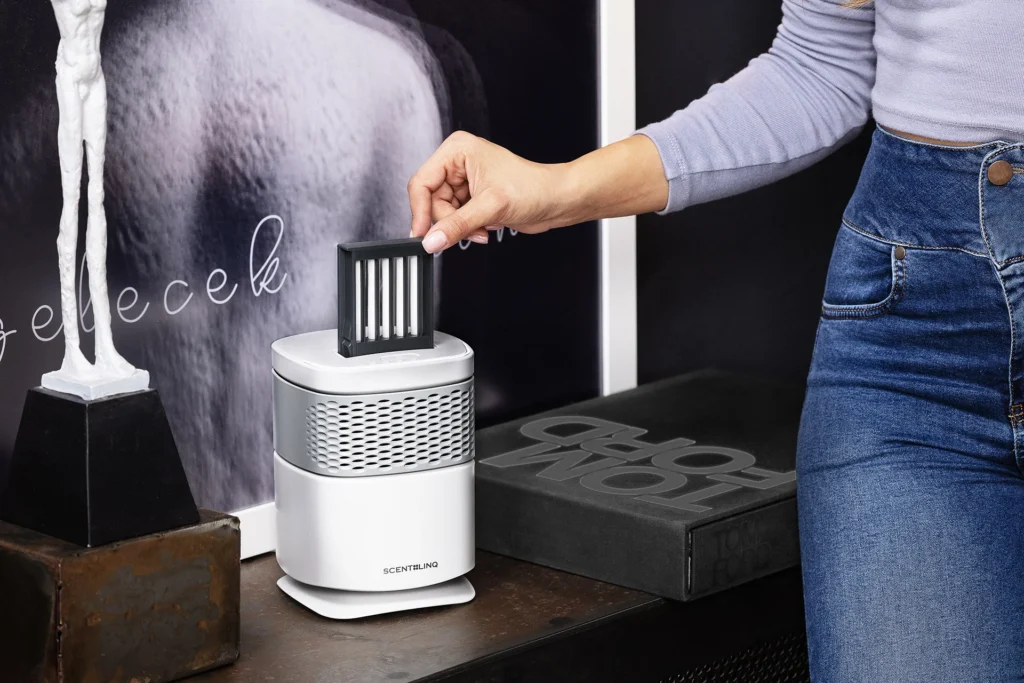
Product semantics
Semantics refers to shapes, symbols, text and images on a product, which determine how easily users can understand its use. Products that are easy to use have clear indicators, labels, and instructions, which makes them less confusing, and in turn, reduces errors and promotes safety. ManGo’s team is mindful of user interactions and ensures that a design is easy to understand and use for your intended users. An interface must be intuitive and provide clear feedback to users about their actions. For instance, a car dashboard with clear and accurate instructions is essential to prevent accidents caused by confusion and panic. But product semantics can also manifest in simple cues, like the small ribs on a soda bottle cap, signaling that this part should be turned for the correct interaction.
Demographics
One key aspect of human-centered design is considering the different demographics of the target audience. Factors such as age, gender, physical abilities, and cultural backgrounds play a crucial role in shaping ergonomic considerations. Our designers analyze and understand the specific requirements of various demographics to create products that are inclusive and user-friendly. For example, the ergonomic design of a computer mouse may differ for children, adults, and seniors, taking into account their hand sizes and motor skills. By analyzing and understanding the demographics of the target audience, ManGo creates products that resonate with your users.
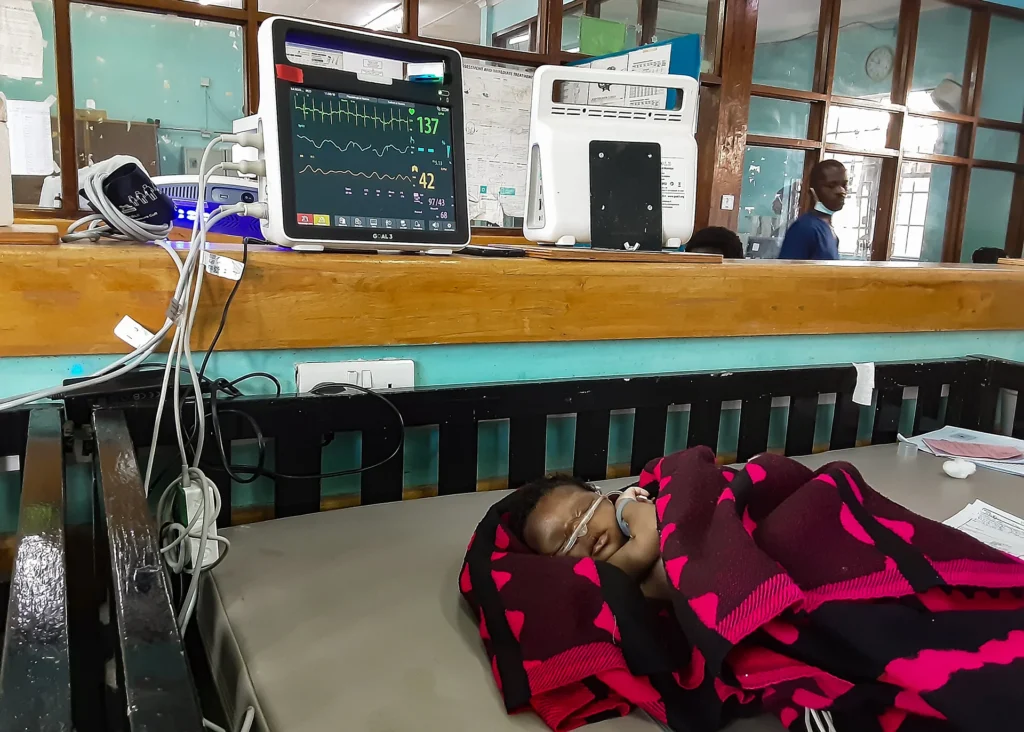
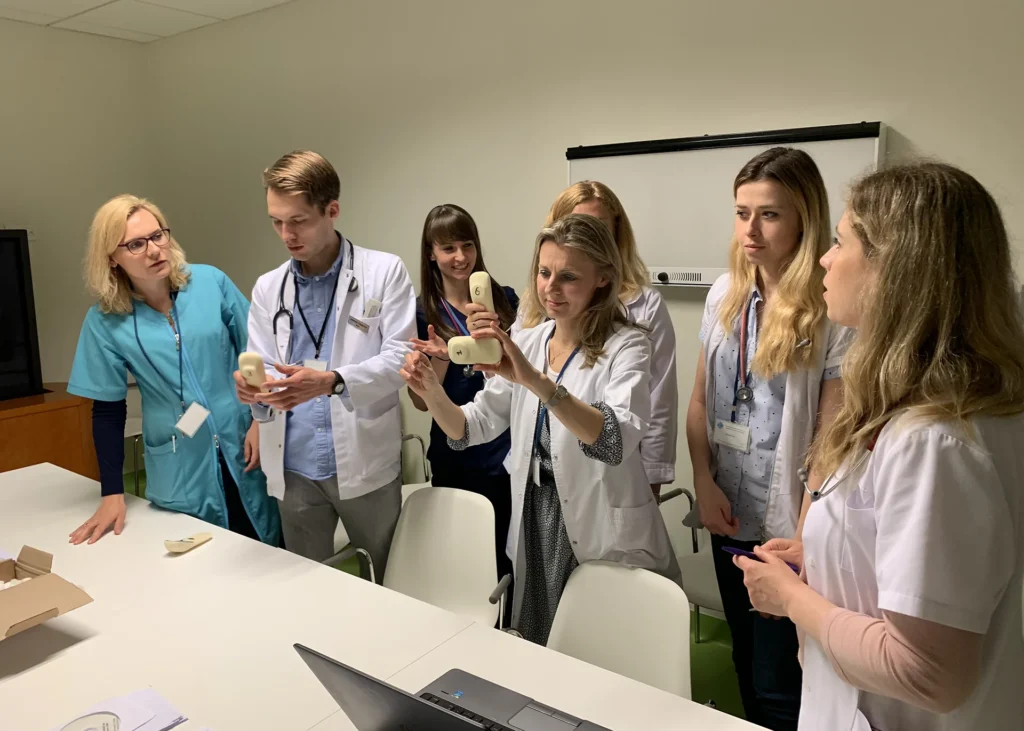
One size does not fit all
In ergonomics product design it is pivotal to try to cater to users of all shapes and sizes. Achieving universal usability, however, can be a complex endeavor. There is always the challenge of accommodating diverse body types and physical abilities to ensure that a product is comfortable and functional for the majority of users. At times, certain design decisions may involve ruling out extreme cases to maintain overall usability. Striking a balance between inclusivity and practicality, our designers navigate the intricate landscape of product ergonomics to deliver designs that meet the needs of a broad user base.
Product safety
The safety of users both young and old is crucial in human-centered design. It is not enough to design products that are easy to use and look appealing; they must be safe and not pose any significant risks to users. Our designers focus on minimizing risks posed by their products by considering factors such as access, visibility, sound, and the risk of injury. A product designed for children ought to meet different safety rules than those designed for adults.
International laws and regulations stipulate how to design and test a product for safe use. For example, a baby car seat must comply with international standards that ensure the baby’s comfort and safety. In large part this has to do with optimized ergonomics product design. Failing to comply with these laws and regulations can lead to legal issues and severe consequences.
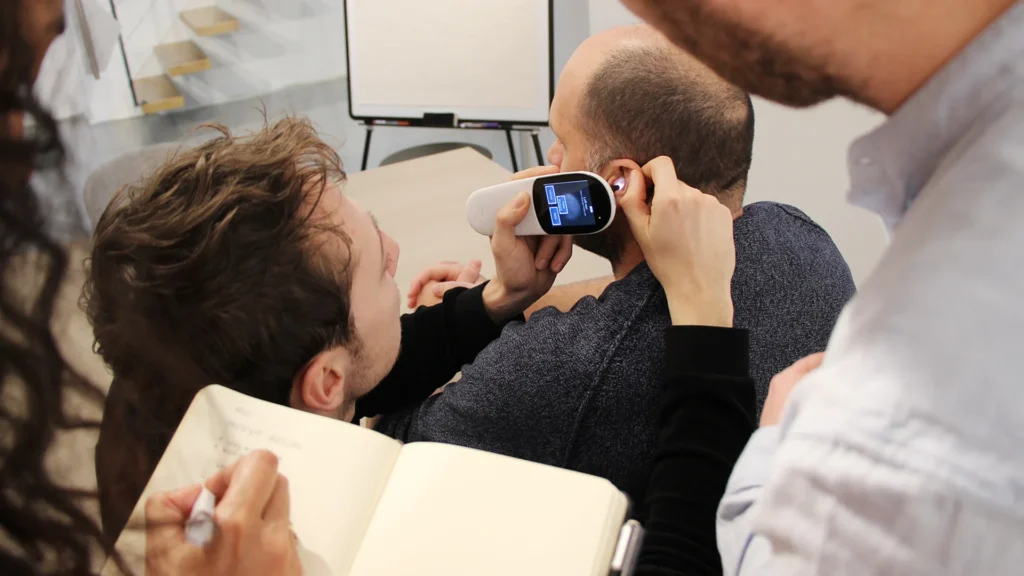

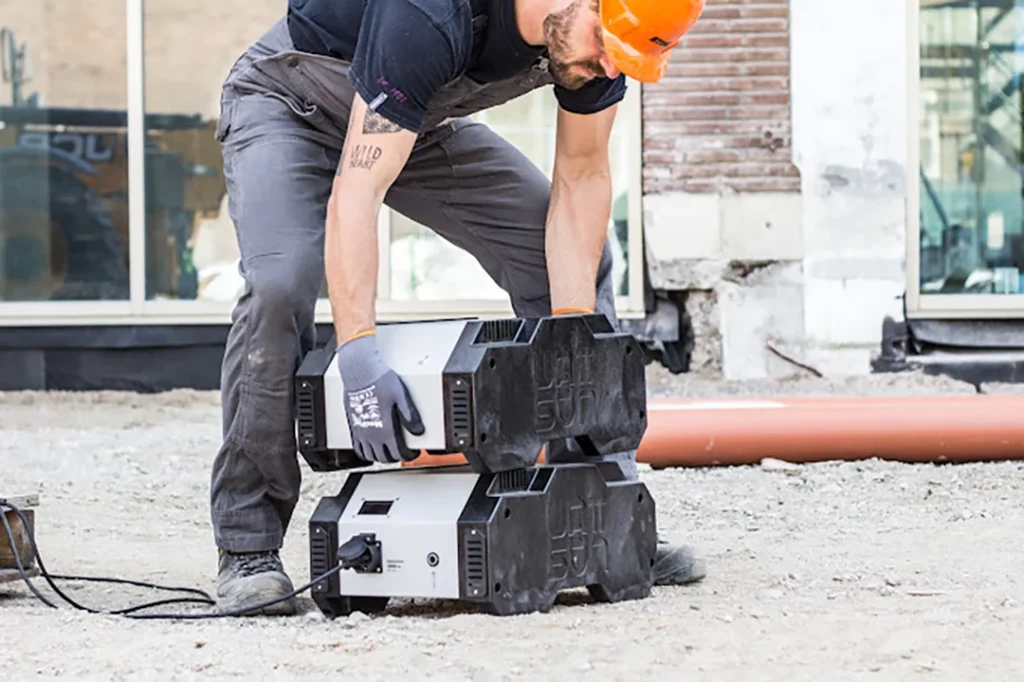
Heavy duty
Ensuring that designs prevent potential strain, heavy use and lifting conditions is paramount in good industrial design. Products that are too heavy, complex, or require excessive use can lead to fatigue, difficulty in handling and physical injuries. During our design process we examine factors, such as weight distribution, materials, points of operation and work environment, to ensure that the products we design do not cause any undue strain on the body. With the primary aim to create products that are easy to use and can be handled comfortably by the intended users.
Testing product semantics and ergonomics
In human-centered design an effective way to test product ergonomics in the design process is by testing prototypes with focus groups. Focus groups are a group of people who interact and give feedback on the product design. They can be segmented by demographics, such as age, gender, and occupation, to understand how different groups of people interact with the product. Testing product semantics can be done with focus groups as well, where the analysis of how individuals interpret design elements is crucial in understanding alignment with the intended use of the product. At ManGo, we treasure the insights gained from focus groups, as they provide valuable feedback. Enabling us to implement design changes that enhance product functionality and guarantee a positive user experience.
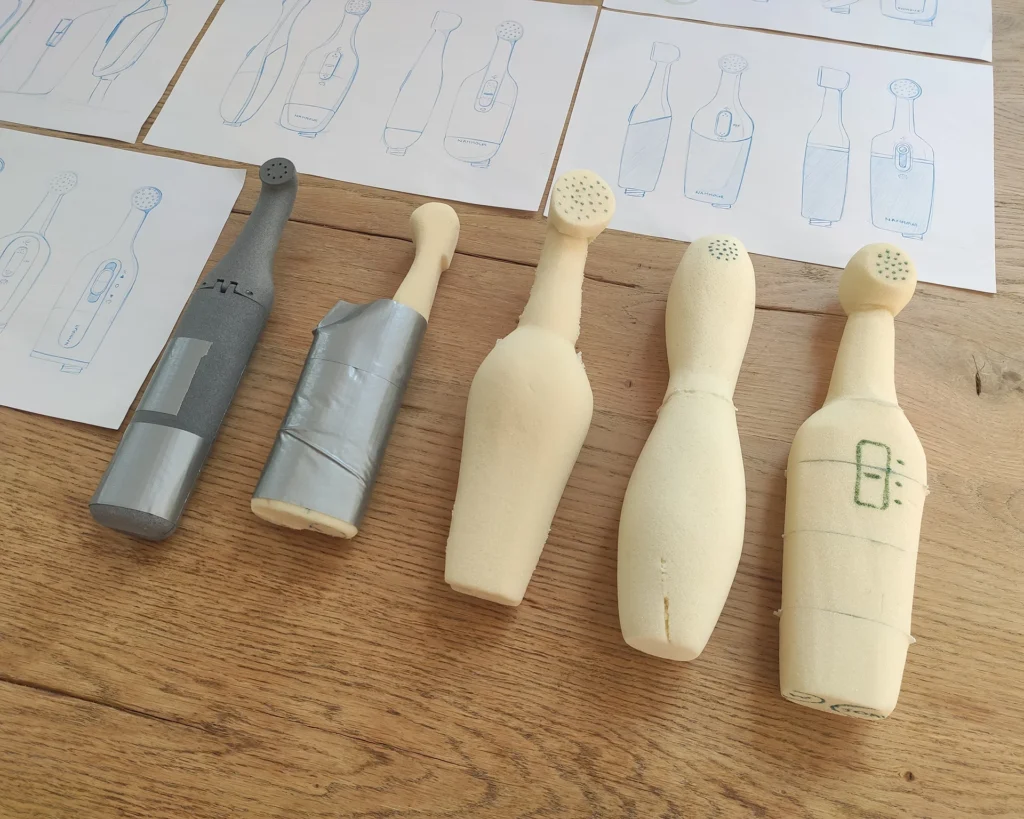
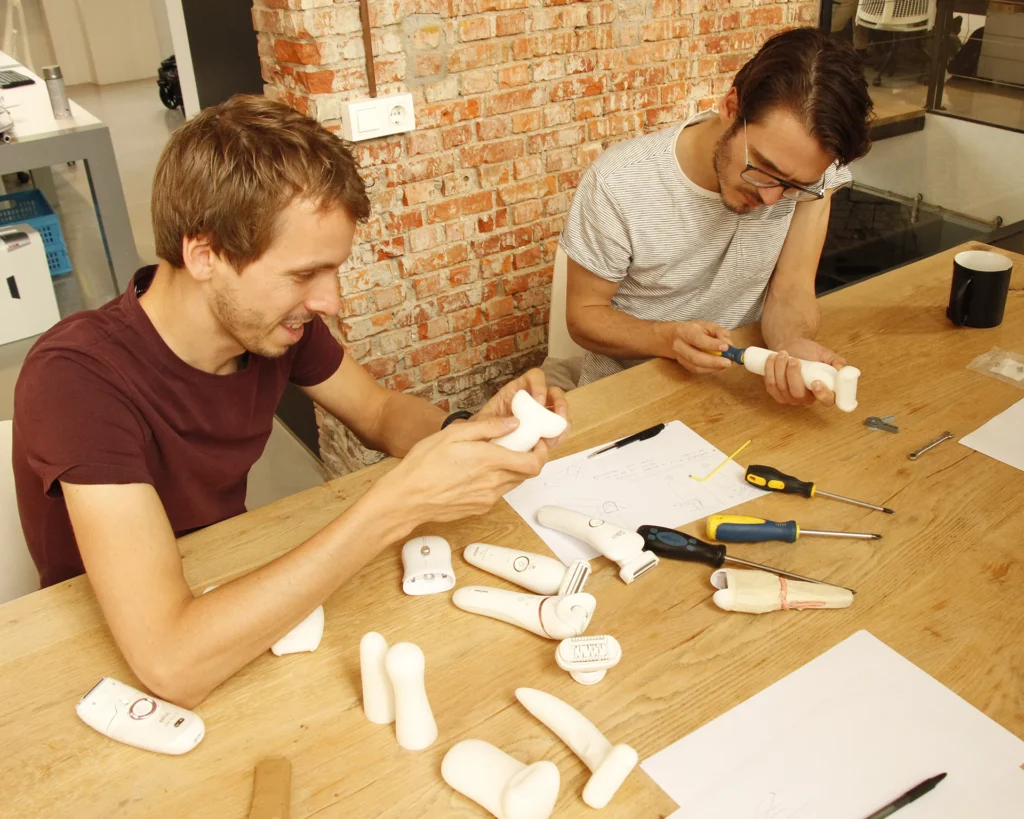
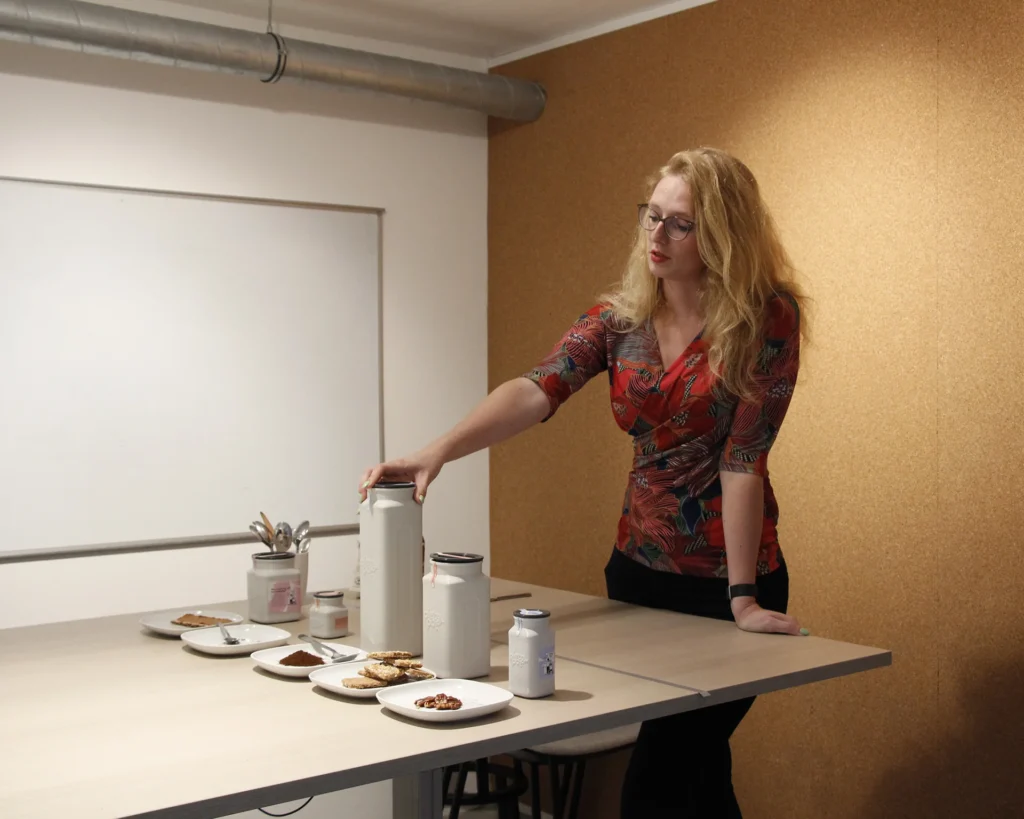
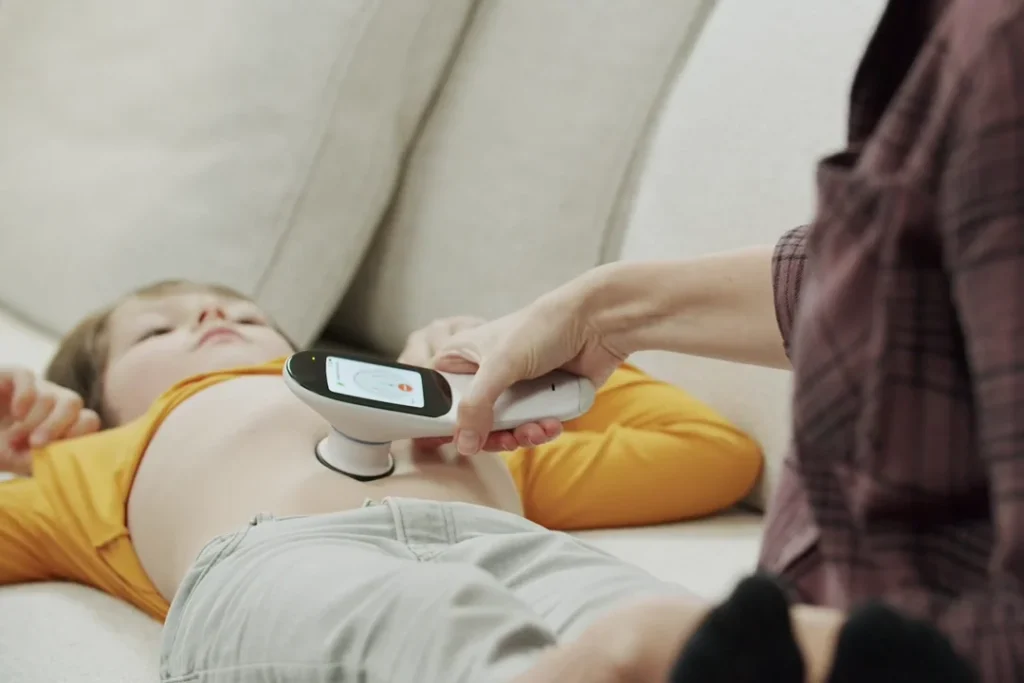
Conclusion
Product ergonomics and semantics are essential factors we consider in our human-centered design process. With user-friendly and visually appealing products, you can increase customer satisfaction, brand loyalty and revenue. ManGo’s design process includes user research, focus groups and consideration of demographics to ensure that your product meets the needs and preferences of the target audience.
More information
Interested to learn more about our human-centered design process? Contact us by phone, our online form or send an e-mail to: